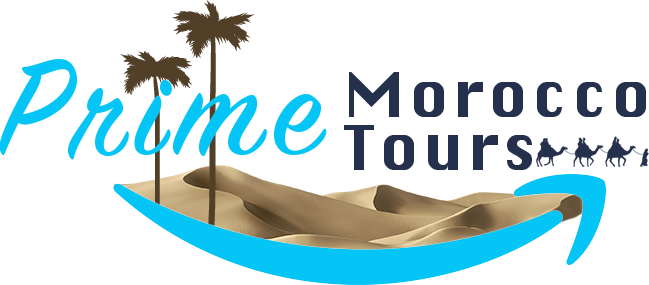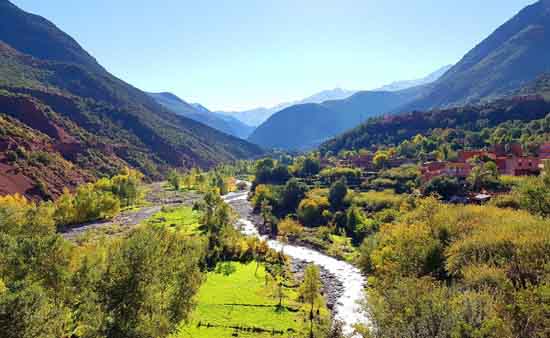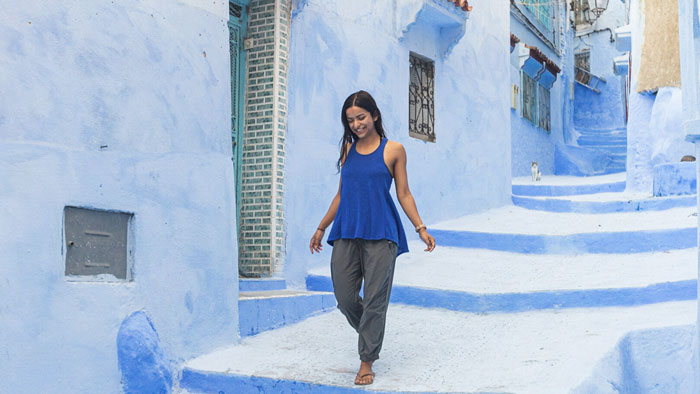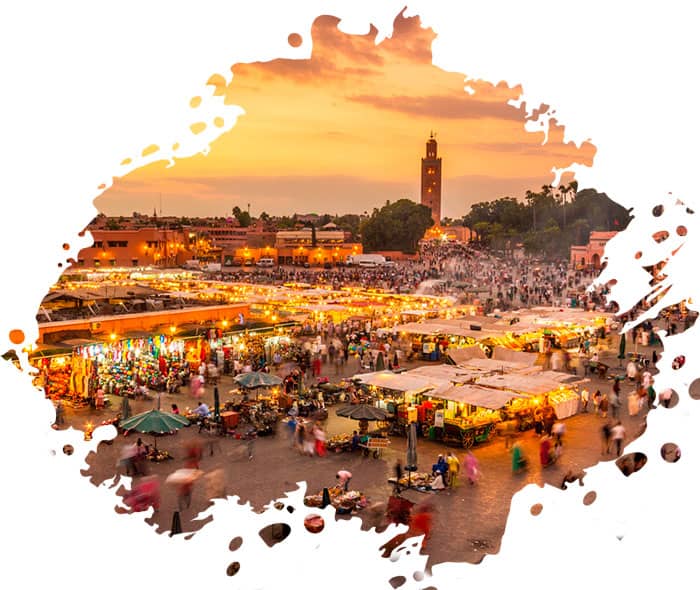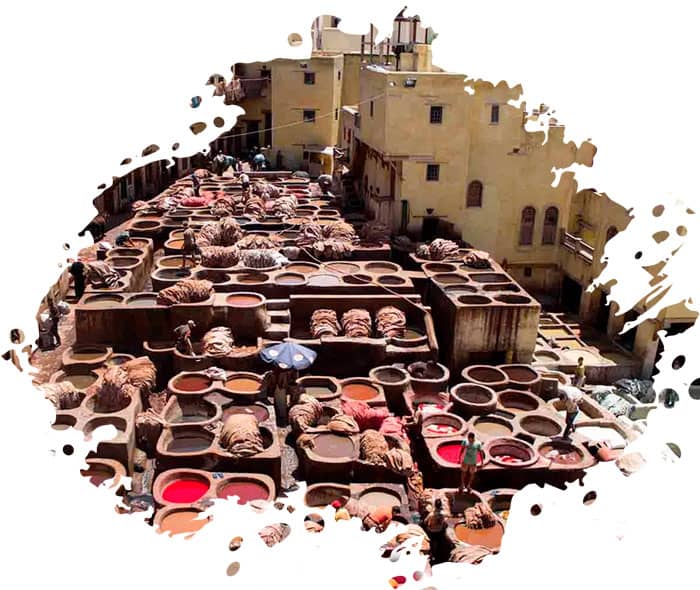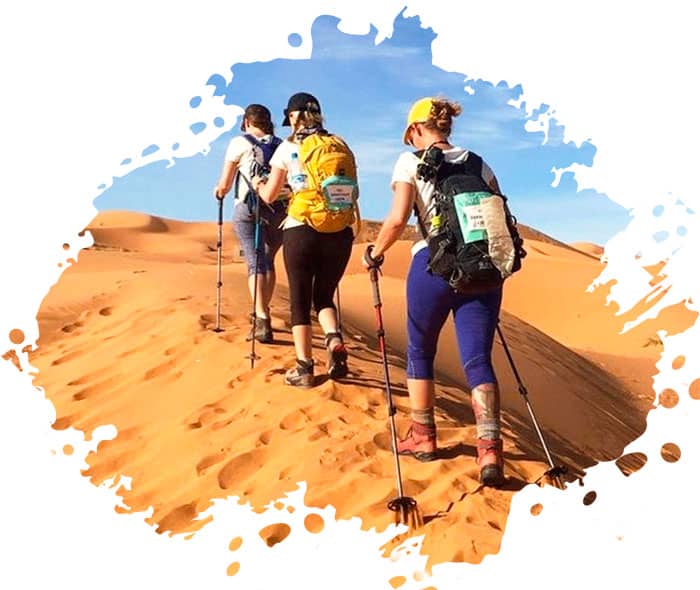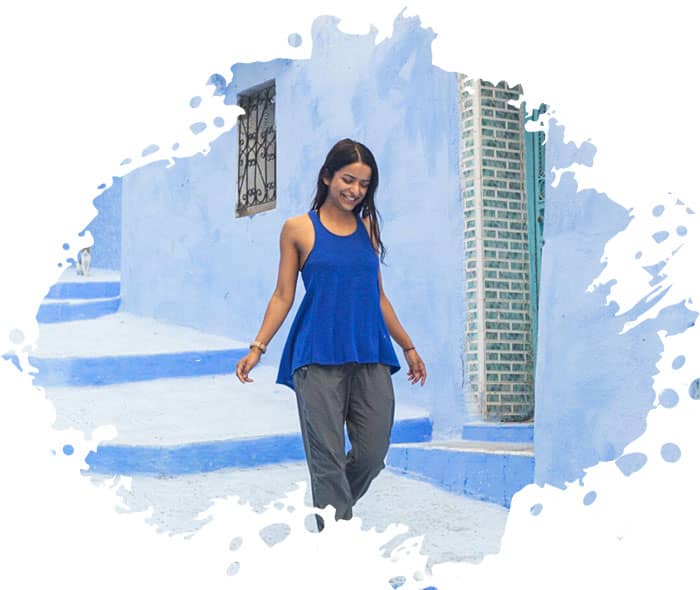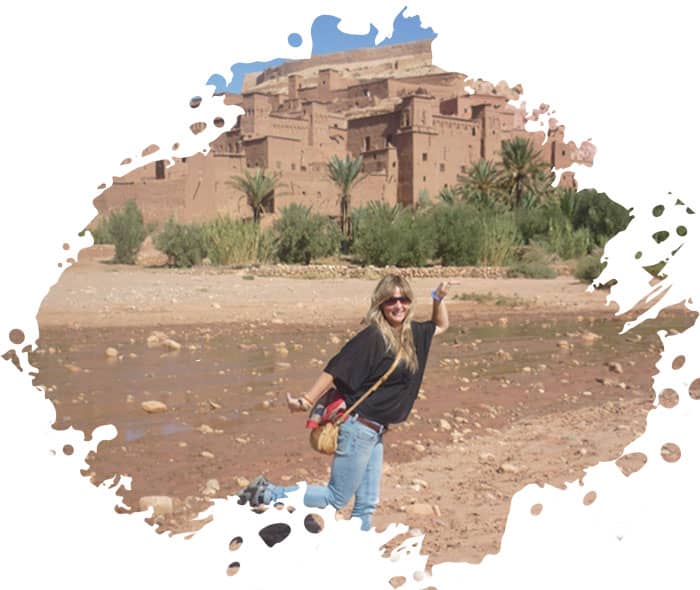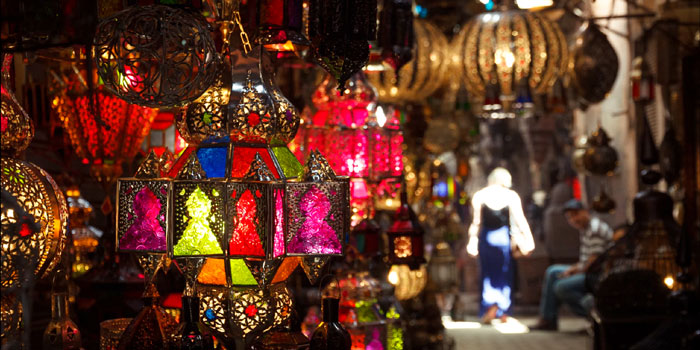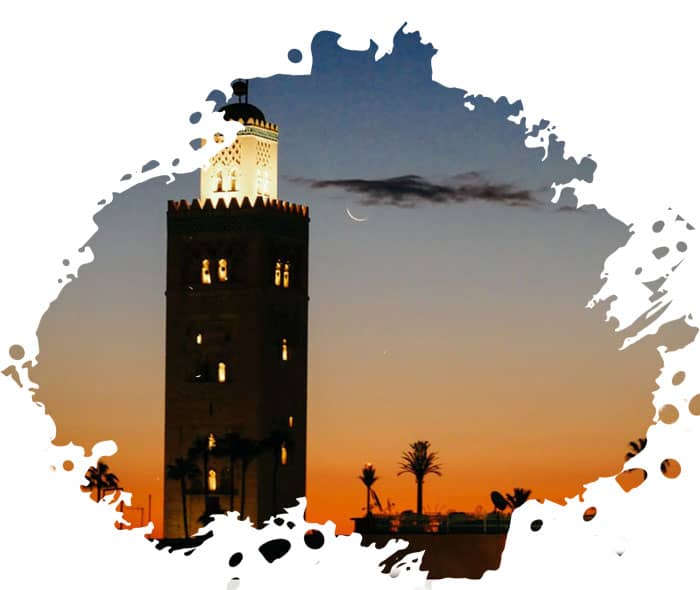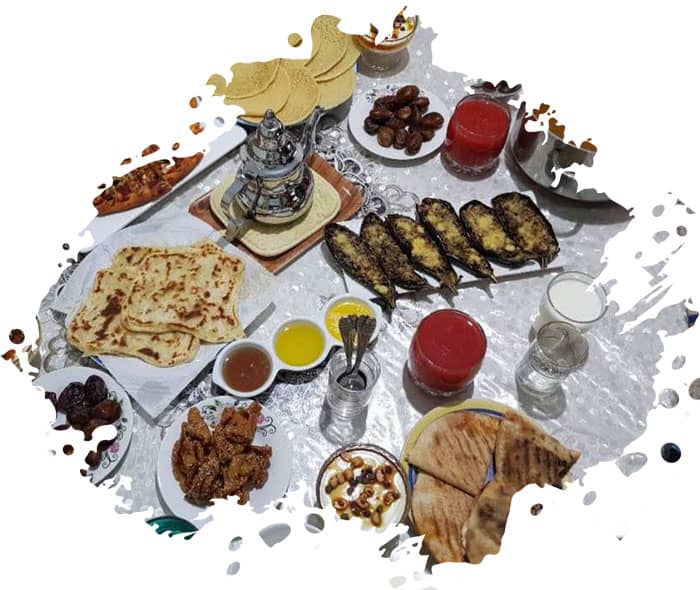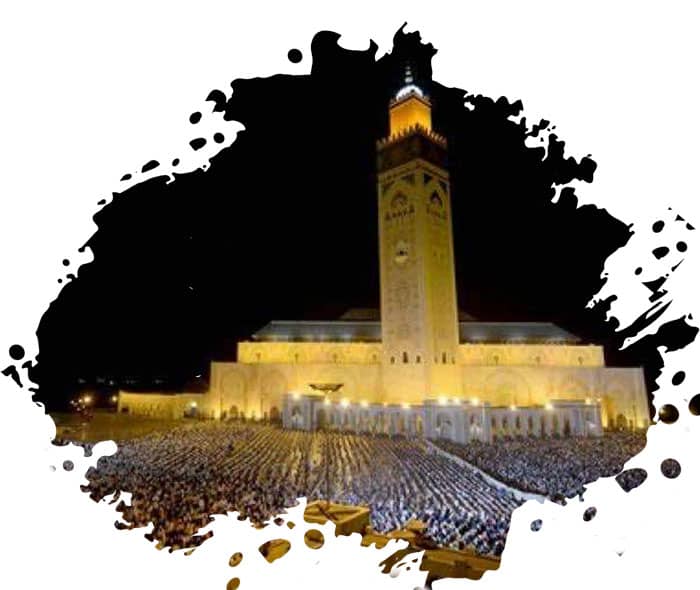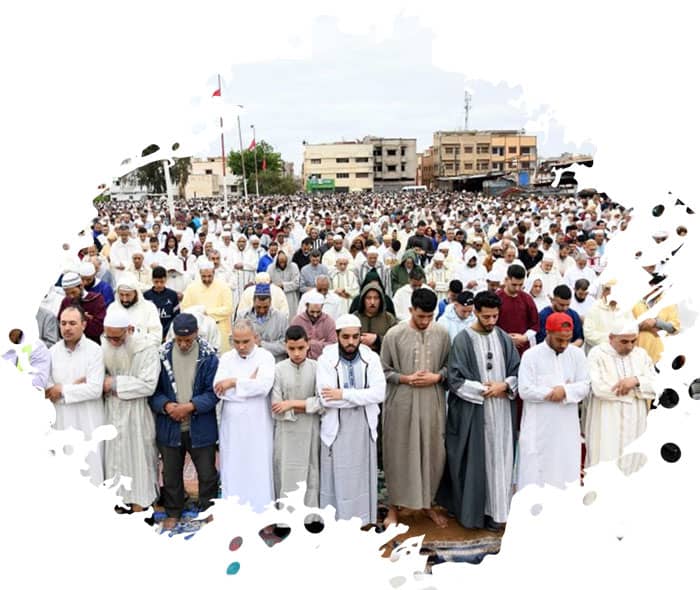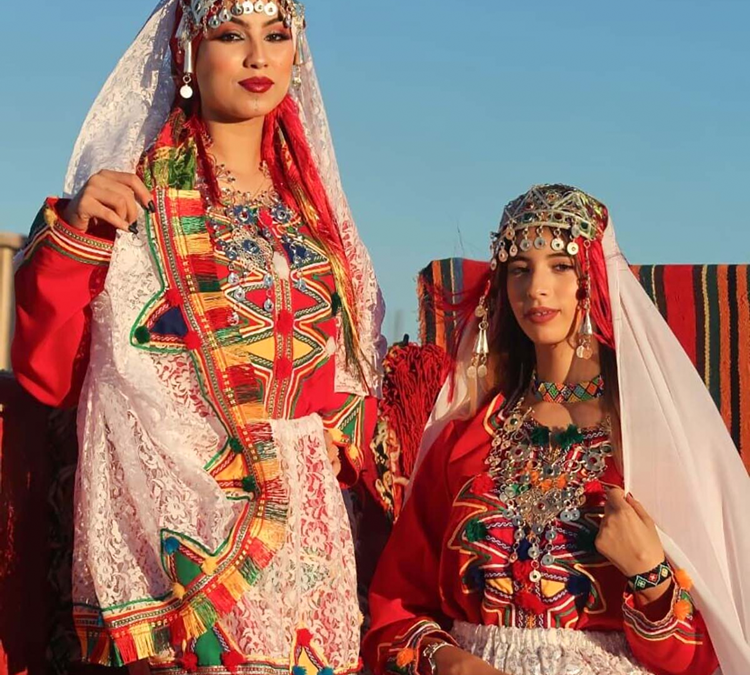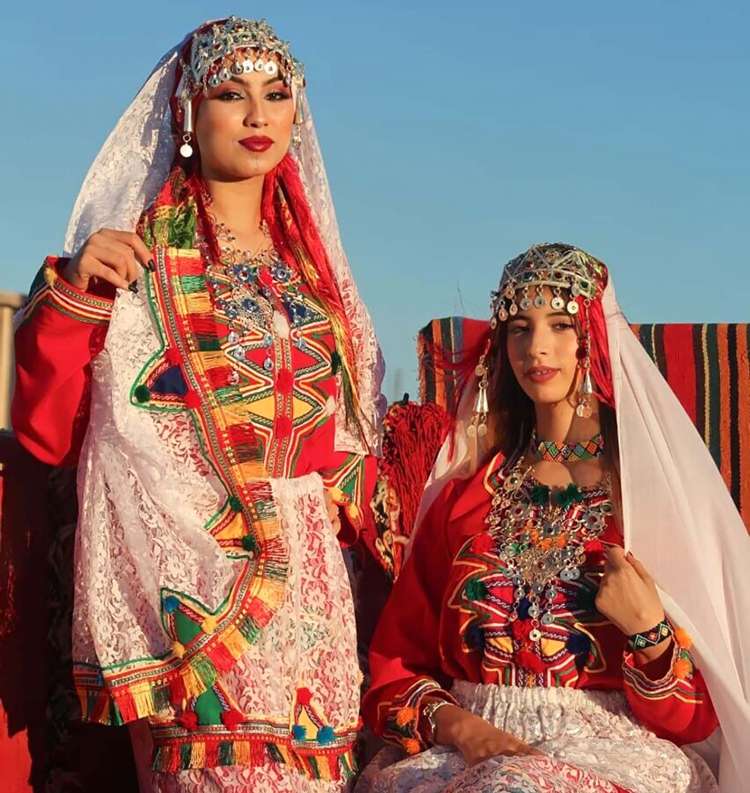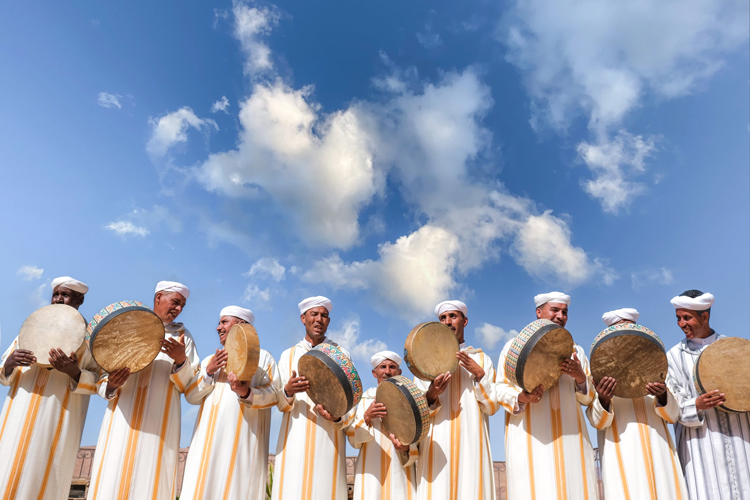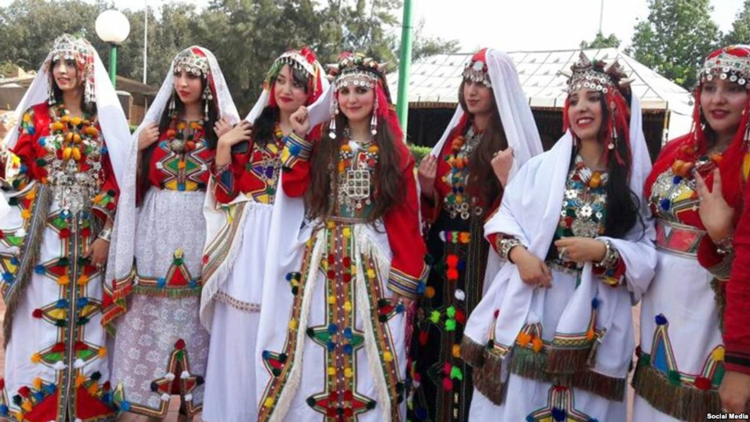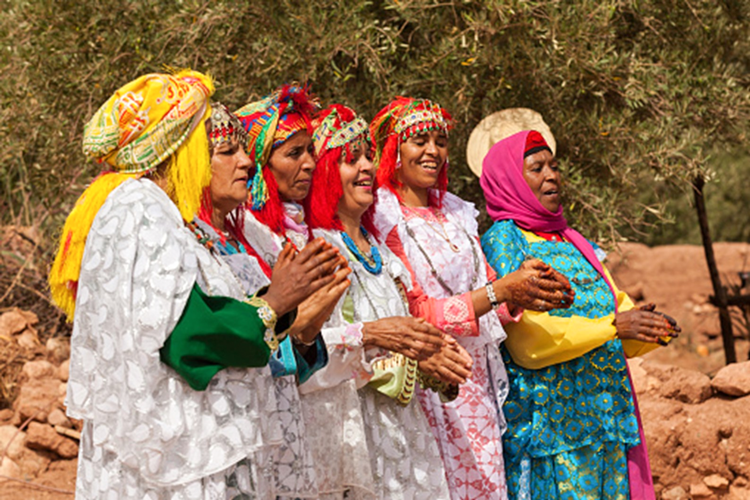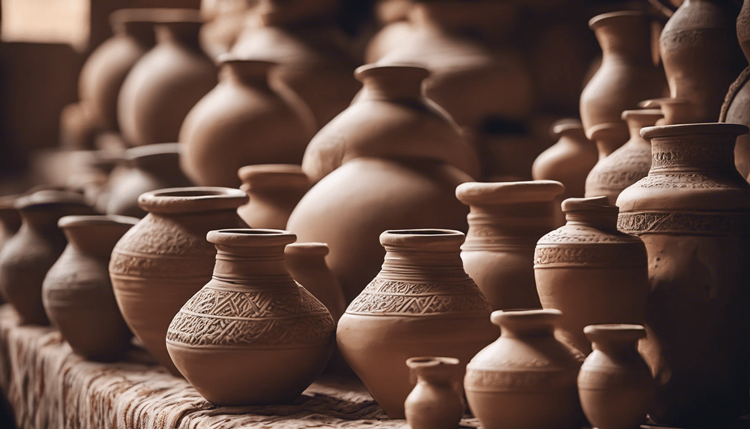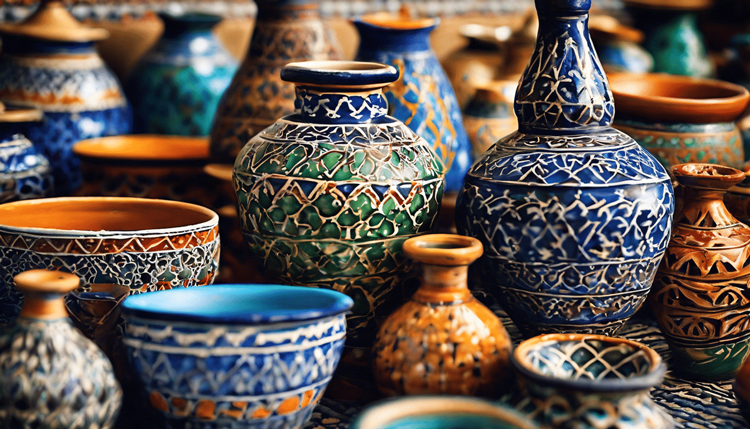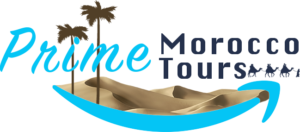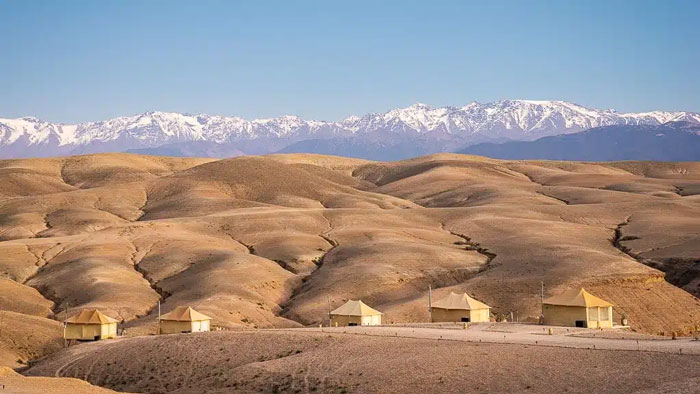
Why You Should Visit the Agafay Desert – Around Marrakech
Why You Should Visit the Agafay Desert - Around Marrakech
Just a short drive from Marrakech, the Agafay Desert offers an incredible escape into Morocco’s rugged beauty without the long journey to the Sahara. Unlike the golden dunes of Merzouga, Agafay is a stone desert with rolling hills, vast open landscapes, and a unique charm that makes it a fantastic destination for travelers seeking adventure, tranquility, and cultural experiences.
A Convenient Desert Escape
One of the main reasons to visit Agafay is its accessibility. Located only about 40 kilometers from Marrakech, it provides the perfect opportunity for a day trip or an overnight stay without the need for long hours of travel. Whether you have limited time or simply prefer a shorter journey, Agafay is a great alternative to the distant Sahara.
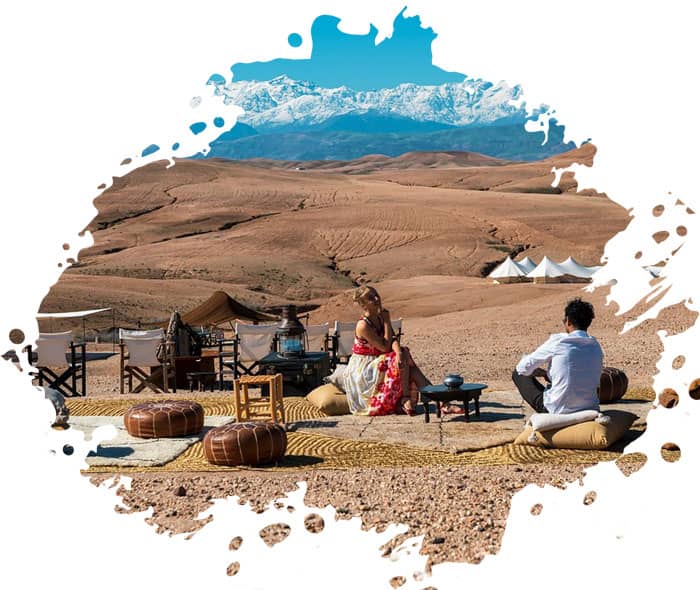
Diverse Activities for Every Traveler
Agafay Desert is a playground for adventure lovers. Visitors can enjoy camel rides, quad biking, horseback riding, and dune buggy tours across its rocky terrain. For those looking to relax, many luxury desert camps offer spa treatments, yoga sessions, and stargazing experiences. Whether you crave excitement or serenity, Agafay has something to offer.

Luxury Desert Camps and Unique Stays
Unlike the traditional nomadic tents of the Sahara, Agafay boasts high-end desert camps that provide comfort while maintaining an authentic Moroccan ambiance. These camps often include stylish tents, gourmet dining, fire-lit evenings with local music, and breathtaking sunset views. Spending a night in Agafay under the stars is an unforgettable experience.
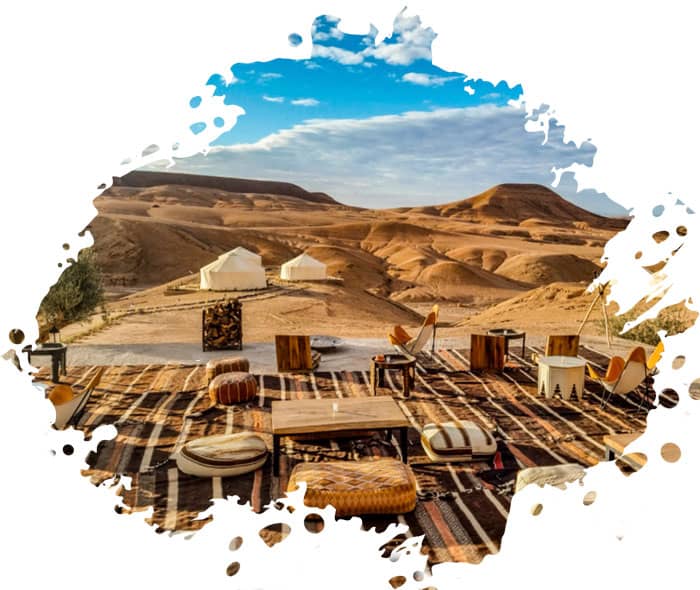
Experience Ramadan in Morocco – A Journey of Culture & Tradition!
Join us for an unforgettable cultural tour and experience the beauty of Moroccan traditions during Ramadan. Book now and be part of this unique spiritual journey!
Breathtaking Sunsets and Stargazing
The Agafay Desert is known for its stunning sunsets, where the changing hues of the sky reflect beautifully on the rocky landscapes. At night, the lack of city lights provides an ideal setting for stargazing, allowing visitors to witness a sky full of stars in a peaceful desert atmosphere.
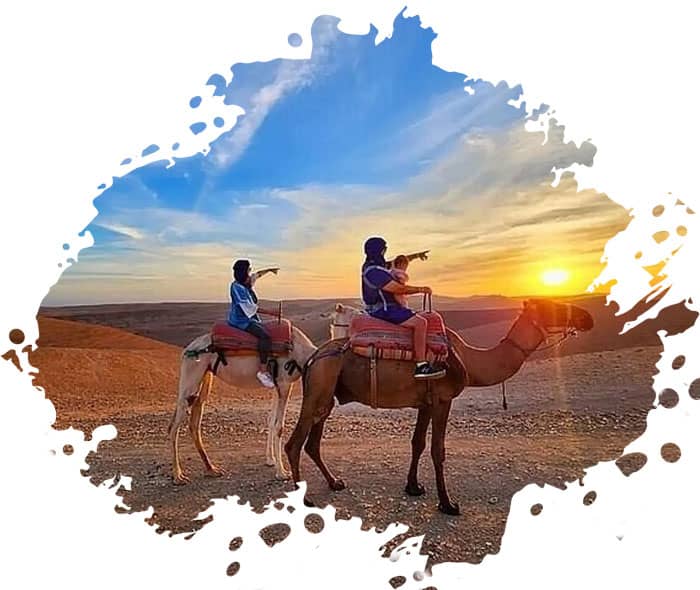
Cultural Encounters and Local Hospitality
A visit to Agafay allows travelers to experience the hospitality of local Berber communities. Many desert camps and lodges offer traditional Moroccan meals, tea ceremonies, and storytelling sessions, providing insight into the region’s rich culture and history.
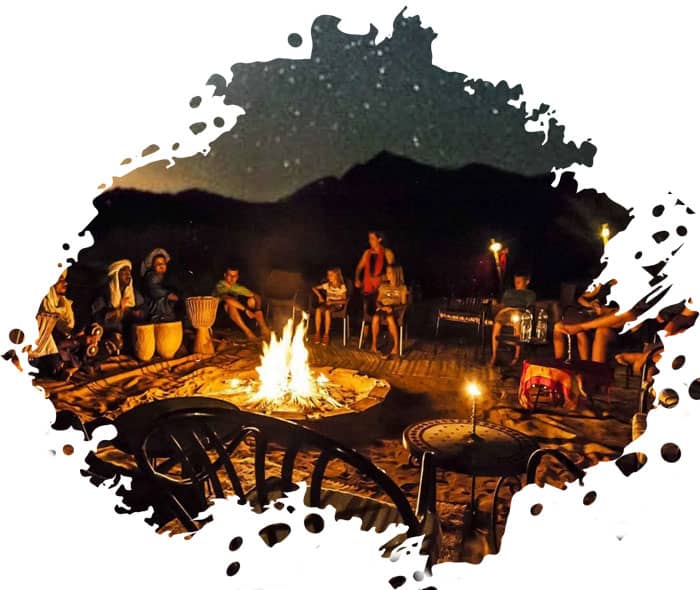
Perfect for Special Occasions
Whether you are celebrating a honeymoon, a special anniversary, or even a private event, Agafay Desert is an ideal setting. Many camps offer personalized experiences such as private dinners, live music performances, and romantic setups in the heart of the desert.
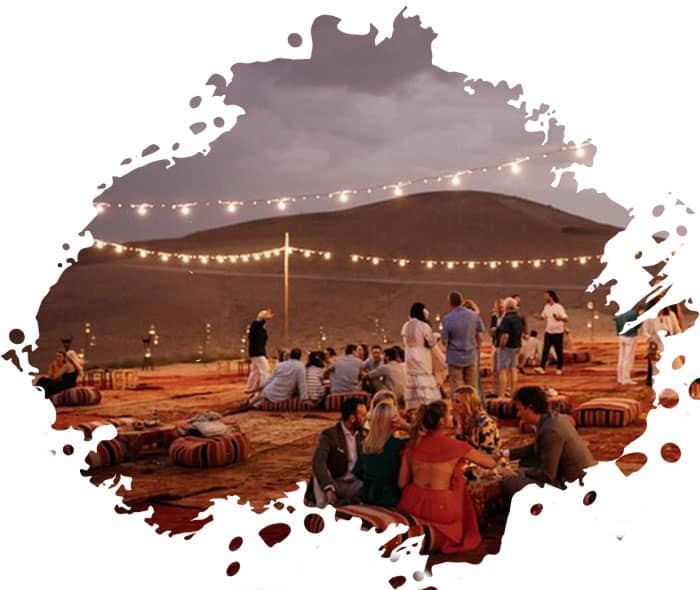
Agafay Desert Around Marrakech
Agafay Desert is a must-visit for those looking to experience the magic of Morocco’s desert landscapes without a long trip to the Sahara. With its mix of adventure, luxury, and cultural richness, it offers a perfect balance for travelers seeking an unforgettable escape near Marrakech. Whether for a day trip or a longer stay, Agafay is sure to leave you with lasting memories.
